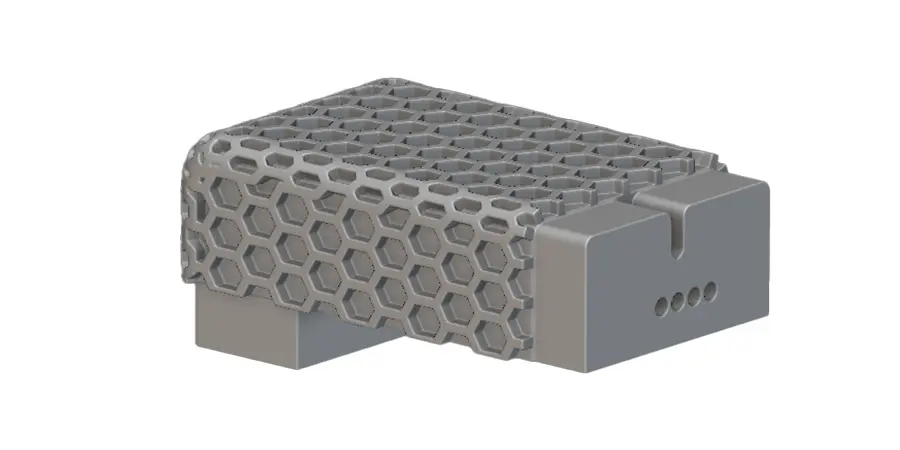European Space Agency ESA is dedicated to the peaceful exploration and use of space for the benefit of everyone. ESA’s diverse activities are all part of a clear vision for Europe in space.
To explore the possibilities and benefits of embedded intelligence in satellites, ESA kicked off a project together with VTT and Finnish Meteorological Institute. Huld joined the consortium to support with expertise in space technology, electronics design, additive manufacturing, and enclosure design.
ESA DIESAM (Development and Integration of Embedded Sensors for Advanced Manufacturing Processes) is carried out under a programme of and funded by the European Space Agency. The consortium partners are VTT, Finnish Meteorological Institute, and Huld.
The view expressed herein can in no way be taken to reflect the official opinion of the European Space Agency.
Picture © ESA/Mlabspace, CC BY-SA 3.0 IGO
Embedded intelligence in space
There are different demands that need to be taken into consideration with intelligence that is used in space. For example, any technology exposed to space is required to withstand extreme temperatures and radiation. Discovering and developing new ideas and innovations is integral part to advance space exploration.
ESA wanted to test embedding an intelligent sensor into a satellite with the help of advanced additive manufacturing. A study by VTT had already gathered that embedded intelligence can improve communication, and monitor satellite parts while protecting the sensor from harsh space environment. Led by VTT, the consortium started its work.
Electronics design supported by additive manufacturing
Huld’s work begun with conducting a study to see what kind of technology is needed for an embedded sensor to withstand space conditions. Huld designed the electronics, components, and communication of the intelligent sensor in close collaboration with VTT.
“The selected sensor had to fulfil certain requirements imposed by both the space environment and its intended function. It was a delicate balance to work with.” – Daniel Veira-Canle, Hardware designer, Huld.
The work continued with designing an AM part for a satellite where the intelligent sensor is embedded with a procedure developed by VTT. Aluminium was chosen as the printing material, as it is both lightweight and durable while withstanding the extreme temperature variations of space. nTopology software was utilized in the design work, and printing was done by VTT experienced in additive manufacturing.
”Optimizing the AM part’s shape was important. Additive manufacturing is one of the only methods to finetune a casing in such detail that we can embed a sensor into a satellite seamlessly. It would be near impossible with other methods.” – Jani Nokia, Mechanical designer, Huld.
The work continues
Now that the electronics design and enclosure design are done, Finnish Meteorological Institute will start testing the AM embedded sensor. Vibration and heat cycle tests will tell how the embedded intelligence fares in simulated space conditions.


Next Success Story
